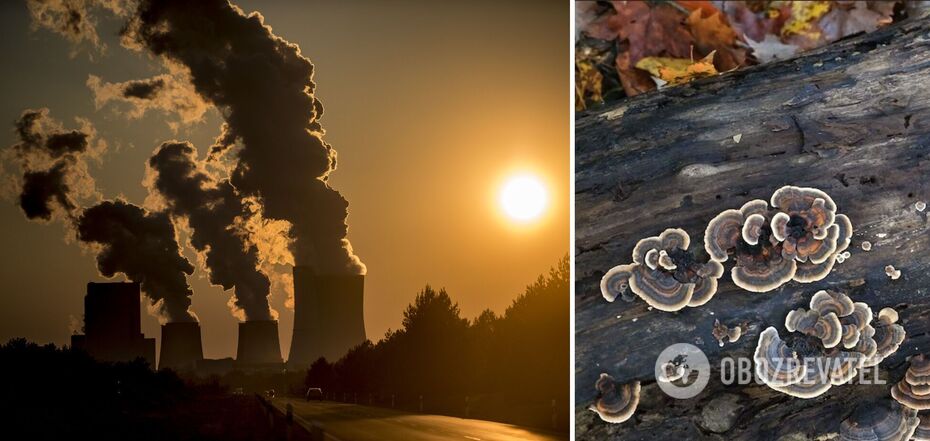Life
An unexpected climate savior of the Earth was found: it is an organism that is 400 million years old
Mycorrhizal fungi, a huge organism that has lived underground for 400 million years in symbiosis with plant roots, probably play an extremely important role in the global carbon cycle. Scientists have discovered that fungi are responsible for releasing or transporting gigantic amounts of carbon dioxide from plants.
A new study published in the journal Current Biology reveals this. Scientists used to know about the exchange of nutrients and water between plants and mycorrhizal fungi, but they had no idea what role they could play in cleaning up our planet.
Scientists have found that mycorrhizal fungi are actively involved in the global carbon cycle, through which the Earth recycles carbon between the atmosphere, ocean, soil, rocks and living organisms.
The discovery, scientists believe, could help update our carbon models, a key tool in an era of climate crisis.
The study analyzed nearly 200 datasets of mycorrhizal fungi from more than 60 peer-reviewed scientific papers. As a result, scientists were able to understand the quantitative impact of fungi on global soil carbon pools.
According to study co-author and professor of plant-soil processes at the University of Sheffield Katie Field, mycorrhizal fungi are responsible for releasing or transporting 13 gigatons of carbon dioxide from plants. Which, according to the scientist, is simply "a huge amount of carbon."
She explained that 13 gigatons is the equivalent of 36% of annual global emissions from fossil fuels, or more than all of China emits in a year.
So, as Field explained in an Inverse commentary, we can say that fungi play a very important role in how plants get rid of carbon and without them, humanity would probably have a big problem. The role of fungi used to be ignored because research favored terrestrial plants.
"This is largely because these incredible organisms exist as underground filamentous networks that are mostly invisible to the naked eye," Field noted.
She also noted that this research means that such underground systems need protection from agriculture, construction and other industries.
"When we disrupt ancient life support systems in the soil, we sabotage our efforts to limit global warming and undermine the ecosystems we depend on. We need to do more to protect these underground networks - we already knew they were important for biodiversity. Now we have even more evidence that they are critical to the health of our planet," Field emphasized.
However, the scientists caution that their study is somewhat incomplete, as they did not examine whether mycorrhizal fungi contribute to soil storing carbon and not returning it to the atmosphere. And it is the process of reentry that has a key effect on global warming. That will be the focus of future research.
But the study is still important because it gives scientists a better understanding of how much greenhouse gases, such as carbon dioxide, we can emit before the planet gets even warmer.
"We now know that the distribution of carbon will depend on where certain species of plants and fungi occur in different ecosystems. This data will be useful for improving global carbon models," said study co-author and ecologist Michael Van Nuland.
Earlier OBOZREVATEL also told that solar panels can cause an environmental disaster on Earth.
Subscribe to OBOZREVATEL channels in Telegram and Viber to keep up with the latest developments.



























